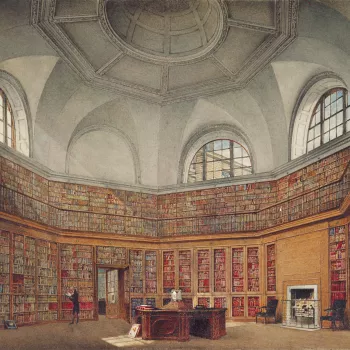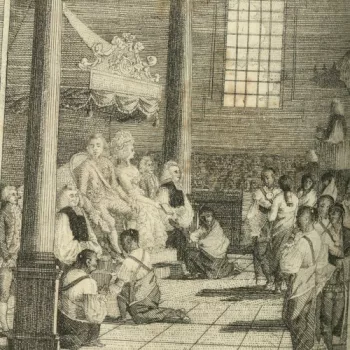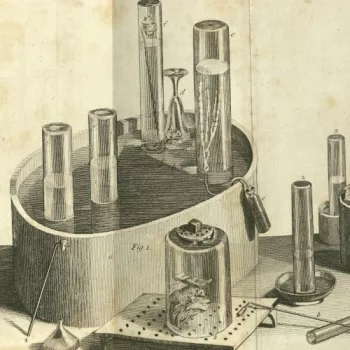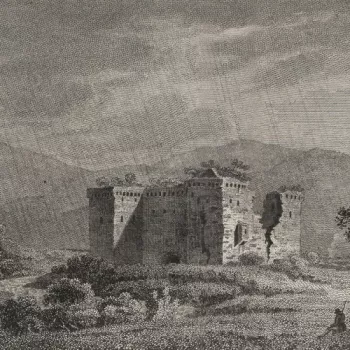The Libraries of George III
George III amassed an extensive collection of books and manuscripts
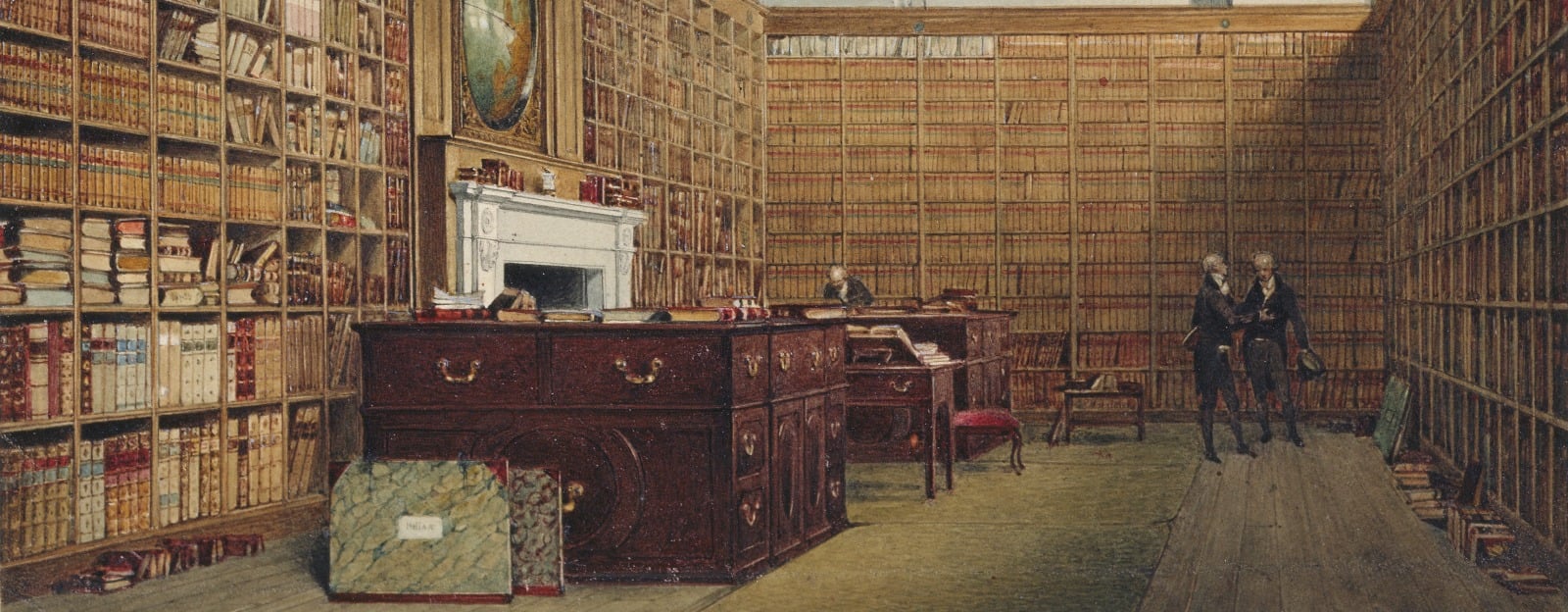
George III’s book collections share several similarities to those of a country gentleman of the eighteenth-century Enlightenment. Many of the topics covered in his libraries were common features of contemporary book collections: ‘useful books’ that aimed to demonstrate an understanding of the world through the sciences, humanities, classics, arts, philosophy and theology. The king was also a keen bibliophile with his own interests in science, architecture and agriculture.
Explore the sections below to learn more about the holdings of George III's libraries.




